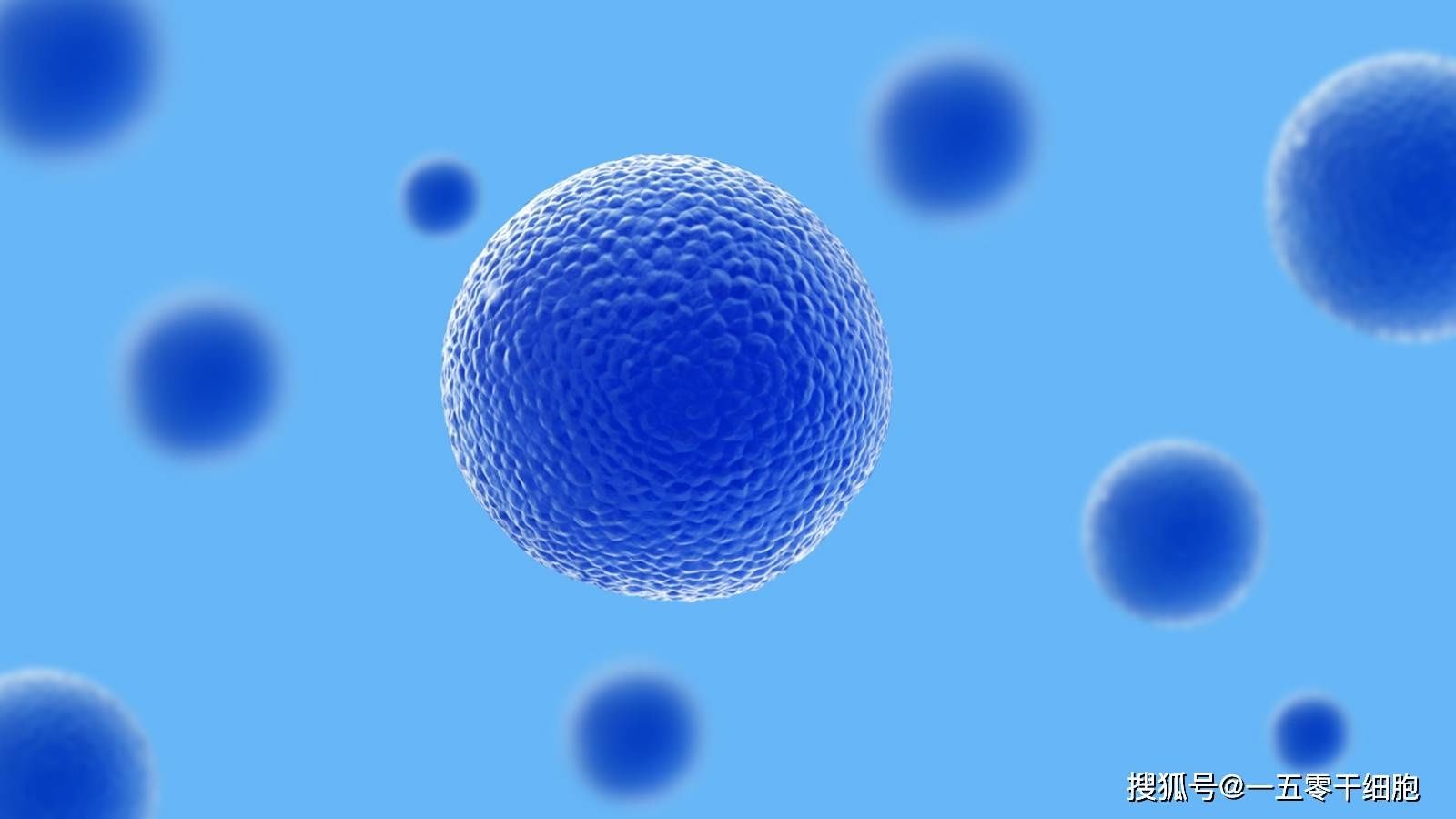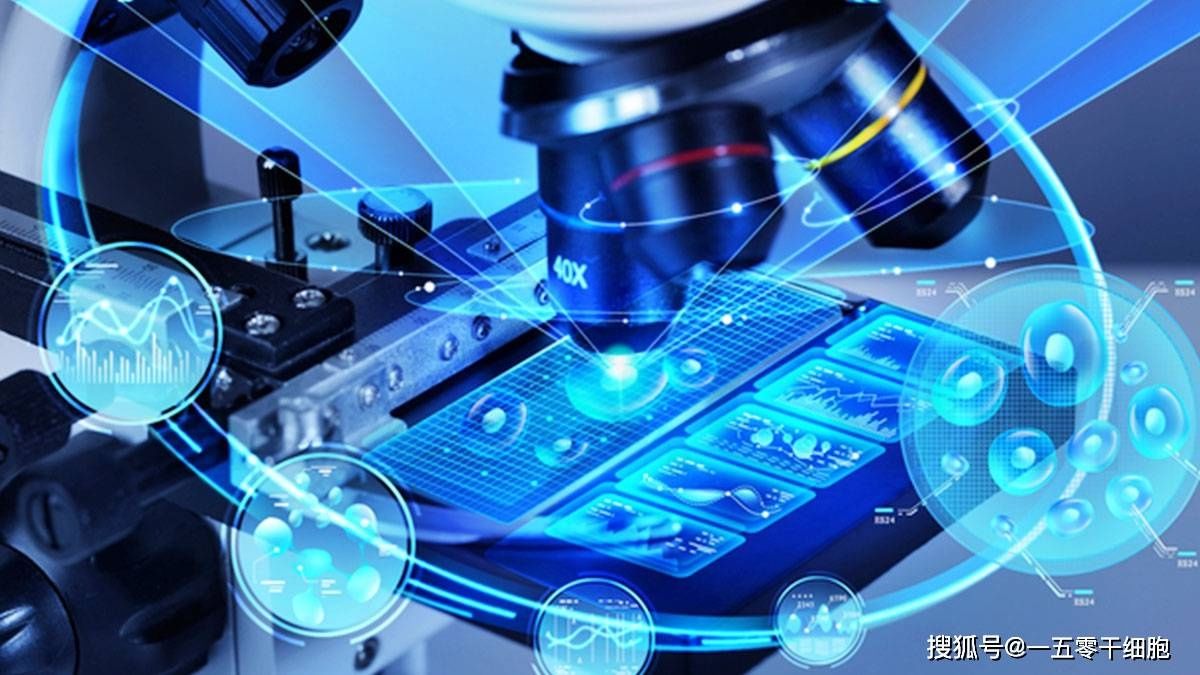In recent years, the number of chronic fatigue syndrome patients has been increasing, and people have begun to pay attention to chronic fatigue syndrome and begin to look for ways to improve it. Compared with traditional therapy, stem cell transplantation is the core technology of regenerative medicine in recent years, which has the effect of repairing and regulating various diseases. Researchers apply stem cell transplantation to improve the research of chronic fatigue syndrome.
Chronic Fatigue Syndrome:
Chronic Fatigue Syndrome refers to unexplained fatigue or prolonged physical discomfort (more than 6 months). Symptoms vary, but include fatigue, poor sleep quality, loss of appetite, recurrent upper respiratory infections, anxiety and depression, irritability, or muscle and joint pain. Factors that lead to chronic fatigue syndrome include environmental pollution, unbalanced diet, poor work and rest habits, and work and study stress.
The 2 major advantages of stem cell transplantation:
Repair damaged tissue: Stem cell transplantation has a strong repair function on various tissues of the human body, which can promote the regeneration of cells in damaged parts and enhance the endogenous Cell activity;
Regulation of tissue microenvironment: stem cell transplantation secretes a variety of cytokines through para/endocrine mechanisms, exerts immune regulation and nutritional support functions, and enhances immunity;
Stem cell transplantation improves Chronic Fatigue Syndrome
This study verified the efficacy and safety of stem cell transplantation in improving chronic fatigue syndrome through animal experiments or clinical trials. During the research process, fatigue and poor quality were two typical quantifiable symptoms. Symptoms were used as evaluation indicators.

1. Relieve Fatigue
Fatigue is the inability of the body’s physiological processes to continue its prescribed level of functioning Or maintain a predetermined exercise intensity. High-intensity work produces lactic acid and other metabolites and reduces muscle tone. Stem cell transplantation can improve the vitality of the body, remove harmful substances in the body in time, and has the effects of anti-fatigue and anti-hypoxia.
The most direct and important manifestation of the body’s anti-fatigue ability is the improvement of exercise tolerance. The length of forced swimming time can reflect the degree of exercise fatigue in mice. The study found that compared with the control group, the rats after stem cell transplantation were significantly prolonged, and the difference was extremely significant; in addition, the differences in blood lactate, blood urea nitrogen, and blood ammonia were also statistically significant, indicating that stem cell transplantation can improve the body’s resistance. fatigue capacity.
2. Improve sleep quality
Poor sleep quality is characterized by difficulty falling asleep, irregular sleep, and inability to fall asleep after half-awakening (early), which affects the quality of life of patients. Researchers conducted a study of 19 patients with chronic insomnia who received stem cell transplants, 20 of whom had previously received other treatments that were less effective than controls. In the test, the SF-36 quality of life score and PSQI sleep quality score of the two groups of patients were mainly observed.

After 1 year follow-up, the quality of sleep, sleep disturbance and daytime dysfunction in the stem cell treatment group continued to improve, and the treatment lasted for 3 months The quality of life score was significantly better than the control group. And continued to the end of follow-up, no obvious adverse reactions were found during the period. Stem cell transplantation has a good effect on improving sleep quality.
Summary
Although the repair process of stem cell transplantation is more complicated, the treatment effect is obviously effective! Stem cell transplantation has created a new technological environment for people with chronic fatigue syndrome that may be further studied in the future.